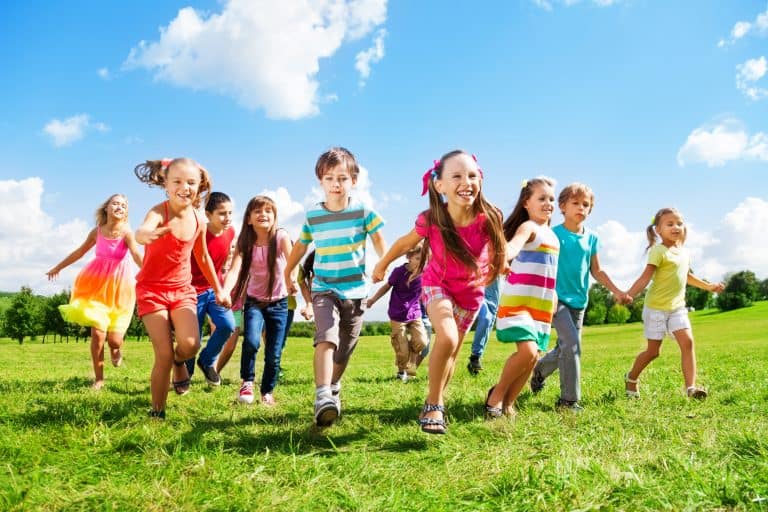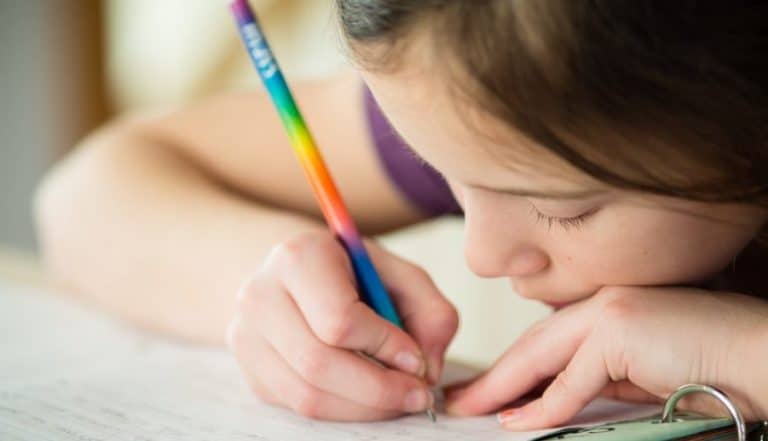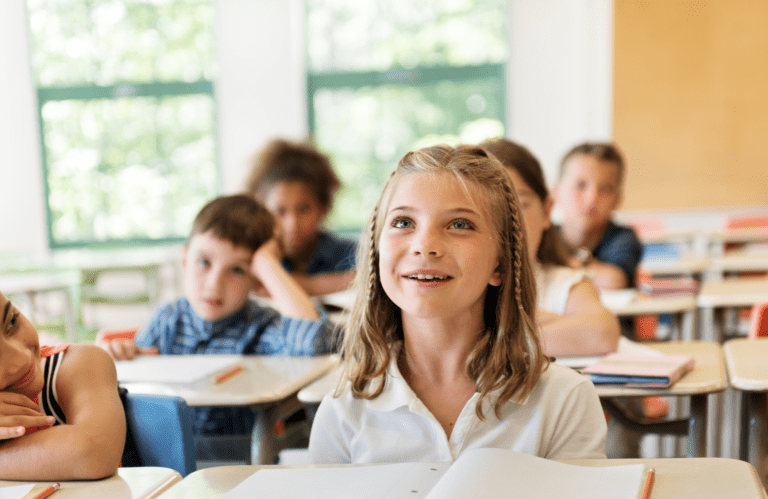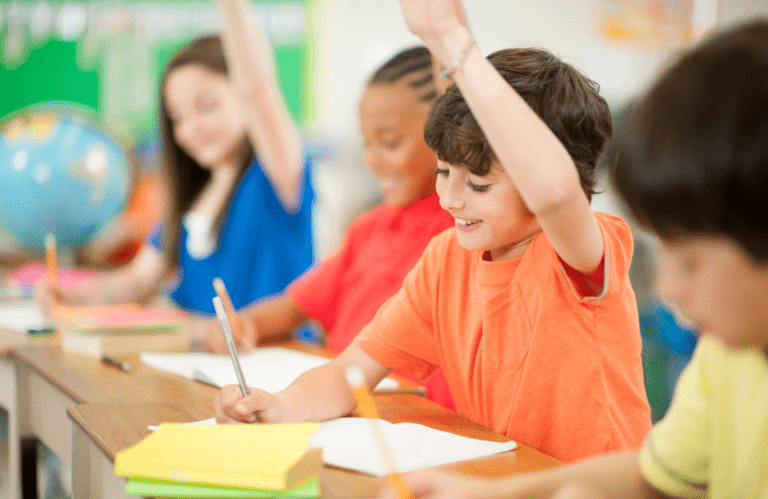Kindergarten High-Frequency Words: What Are They and How Do You Teach Them?
Kindergarten is a crucial time for a child. It’s where they get the foundation they need for their future schooling. They learn about letters and numbers and begin to develop their reading and writing skills. Everything they learn during this stage is what will prepare them for the years ahead.
A critical part of reading development is high-frequency words. These words occur most often in children’s books and don’t necessarily follow the rules of spelling or phonics. Kindergarten teachers typically introduce new high-frequency words each week, a great way to ensure that kindergarteners have the opportunity to practice reading and writing them.
How vital are these kindergarten high-frequency words to your child’s development, and do you teach them?
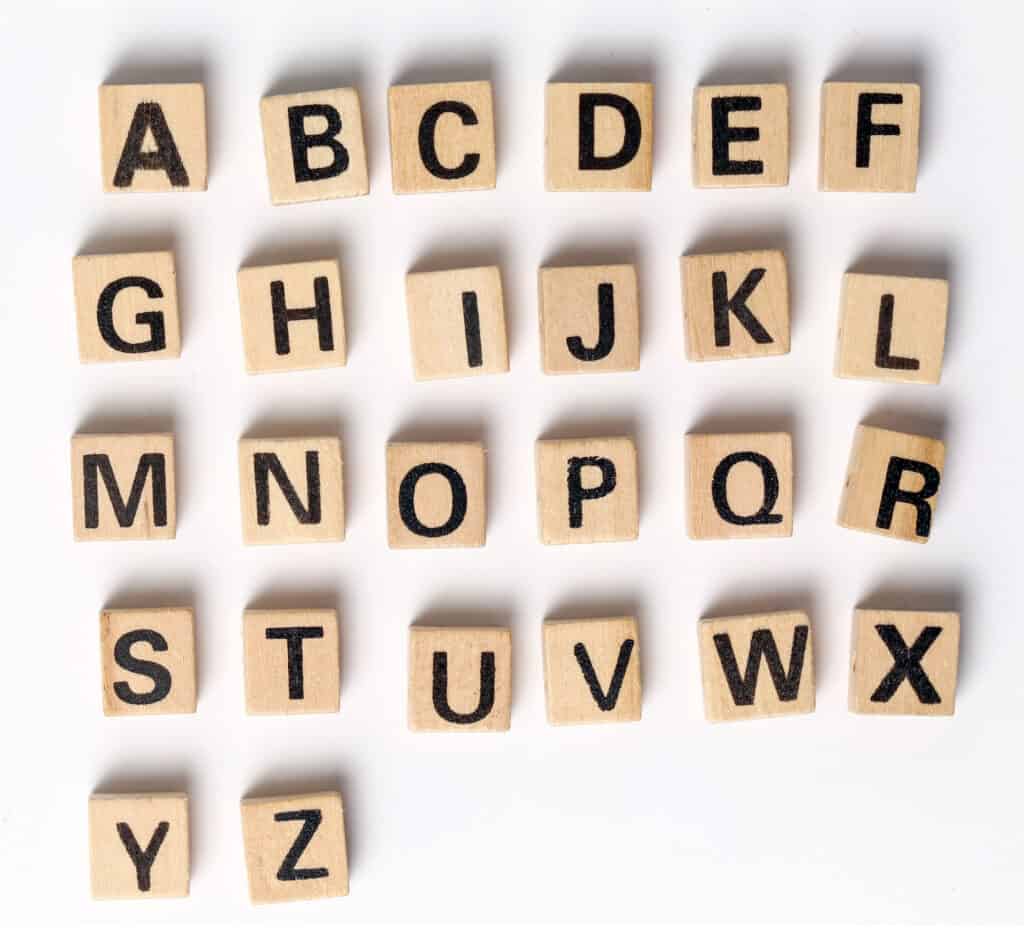
What Are Kindergarten High-Frequency Words?
High-frequency words, often called “sight words,” are words that frequently occur in written text. These words are not easily sounded out using phonics rules and, therefore, must be memorized.
In the 1930s, Dr. Edward William Dolch created a list of the 220 most frequently occurring words in children’s books. While it has been decades since the creation of this list of Dolch words, the words on it are still considered high-frequency words today, as well as other research, including Fry’s Instant Words or the Fry list.
Dr. Wiley Blevin combined the E.W. Dolch word list and Fry sight word list, coming up with the top 248 high-frequency words. Generally, most lists include the following words:
- a
- am
- and
- are
- at
- big
- but
- can
- down
- go
- he
- I
- is
- it
- she
- the
Kindergarten teachers introduce a few new words each week until kindergarten students can read and spell them correctly. Teachers usually introduce some of the higher-level words like “could,” “would,” and “about” in the later weeks of kindergarten. Some also aim to teach high-frequency nouns, service words, and color words like “blue,” “green,” and “orange.”
By the time the kids enter third grade, the final year they are learning to read, they should know all the words on the lists. Students will be reading to learn from fourth grade on, not learning to read.
High Frequency vs Sight Words
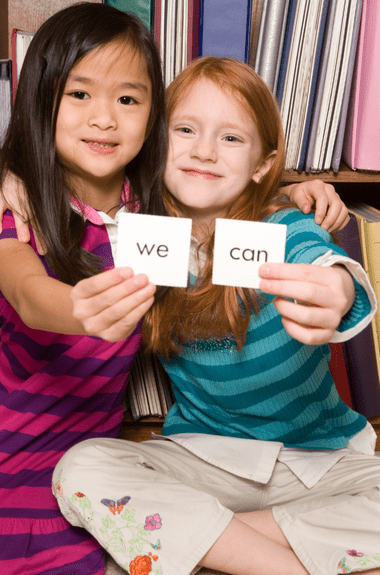
People often use the two terms interchangeably, but there is a slight distinction between high-frequency and sight words. High-frequency words are the most commonly used words in print, regardless of grade level. On the other hand, sight words are words that students can read without decoding. In other words, kindergarten high-frequency words can become kindergarten sight words through repeated exposure and practice.
It’s also helpful to know that there are decodable high-frequency words. Decodable words or “flash words” rely on phonics rules, meaning students can sound them out. Some good examples are “can,” “jet,” and “dog.”
The more challenging high-frequency words are irregular words, which students can’t sound out using phonics rules. Kindergarteners will likely encounter these words more frequently as they progress through their reading development. Some irregular words include “said,” “where,” and “have.”
Why Are Kindergarten High-Frequency Words Important?

For adults who don’t fully understand the kindergarten level, it may be easy to brush off high-frequency words as unimportant. The reality is that these words are essential for early readers. Kindergarten high-frequency words are one crucial building block for every child’s reading development.
One of the main reasons high-frequency words are so important is that they appear very often in print. In fact, they make up 50 to 75% of the text in beginner’s reading materials. That means that if a child can’t read high-frequency words, they will likely struggle to read the majority of the text.
Another reason is that high-frequency words often don’t follow standard phonics rules. That means children can’t sound them out using their learned phonics skills. They will have to pause or stop completely to try to figure out the word, which can disrupt their reading flow.
When kindergarteners master high-frequency words, they’re well on their way to reading success. They won’t have to pause or stop as much when reading, and they’ll be able to focus on comprehending the text instead.
How Many High-Frequency Words Should Kindergarteners Know?
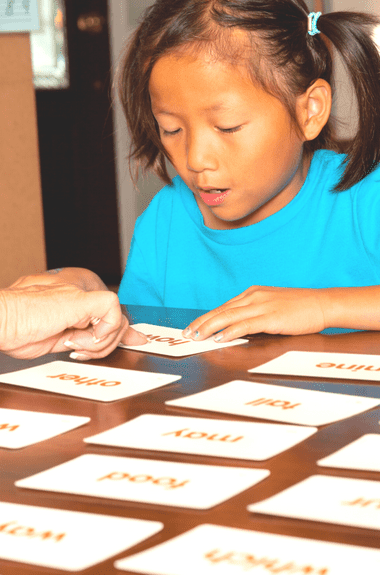
Kindergarten students should at least know and learn the following 13 high-frequency words:
- a
- and
- for
- he
- is
- in
- it
- of
- that
- the
- to
- was
- you
These words make up sentences, so kindergarteners need to be able to recognize them quickly. However, along with these words, kindergarteners should also know other high-frequency words, which will depend on the teacher’s phonics instruction.
The professional development of kindergarten teachers should include differentiation strategies for high-frequency words. There are many ways to provide instruction, with a new model developed every so often, but not all methods will work for every student. By being aware of the different ways to teach, you can better meet the needs of all your students.
Teachers have different ways of incorporating high-frequency words into their phonics lessons. Some teachers focus on a few words each week, while others introduce a new set of words daily. Moreover, it’s essential to keep reviewing old words regularly, even with first-grade teachers, so students don’t forget them.
How Do You Teach Kindergarten High-Frequency Words?
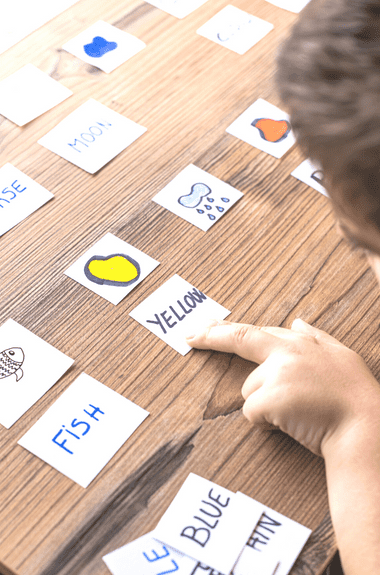
Teaching requires patience, creativity, and much planning. When it comes to kindergarteners, it’s important to make sure that lessons are short, sweet, and engaging. Ensure that you don’t scare them off with too much information but provide just enough so they can learn and remember the concept.
Play High-Frequency Word Games
Kindergarteners are more likely to remember words if they’re having fun while learning them. You can play various games with your students to help them learn. Try memory games, matching games, or simply make up your own games. You can be creative and use a fold booklet or flash cards.
Go On Word Hunts
Word hunts are great movement games you can do in the classroom, around the school, or even on a field trip. You can have a list of words, whether Dolch sight words or Fry, that you want your students to find. As they find the words, they can mark them off the list.
Set Reading Schedules
Reading is a good way for young readers to see high-frequency words in action. Set aside time on a daily basis for your students or children to read. You can start with short vowel decodable books or any other great resource and have them read to you or their peers.
Conclusion
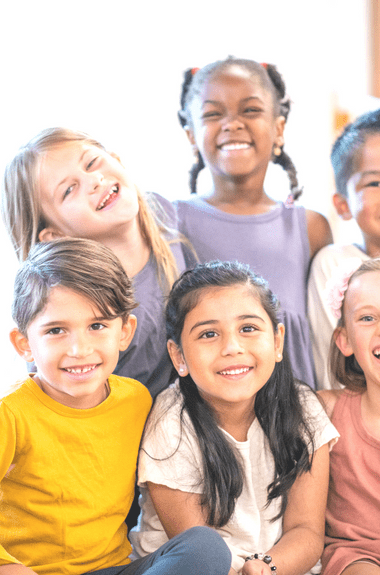
Kindergarten high-frequency words reiterate the impact of basic words on early reading success. Literacy centers and parents should explicitly teach these words to make kindergartners successful readers. And, since they’re kids, you can use various activities, strategies, and sight word instruction to make learning more fun and engaging instead of tedious. Once the kids master the words, they will be better equipped to read with speed, accuracy, and comprehension.


